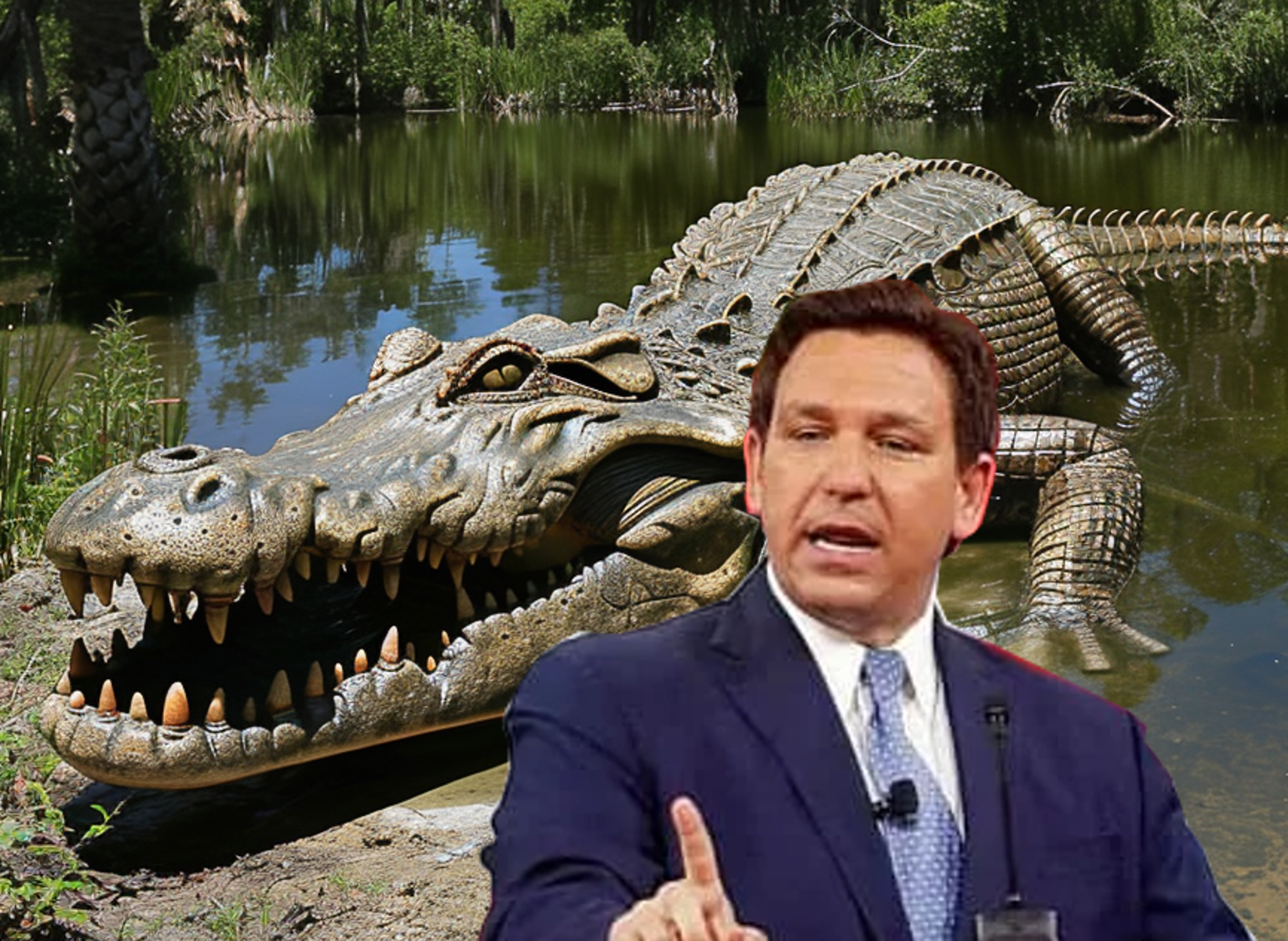Governor DeSantis may be able to remove the words “climate change” from Florida’s statutes with the signing of HB 1645, but this legislative action does little to alter the physical realities facing the state. As global temperatures continue to rise, the potential for ecological changes, such as the growth of giant crocodiles, remains unaffected by political decisions. The natural world operates independently of legislative language, and the conditions that could lead to larger crocodiles—such as warmer climates, increased prey availability, and altered habitats—persist regardless of the terminology used in policy documents. This raises a critical question: Can removing the mention of climate change from laws truly mitigate its impacts on Florida’s wildlife and ecosystems, or is it merely a symbolic gesture that overlooks the tangible consequences of a warming planet?
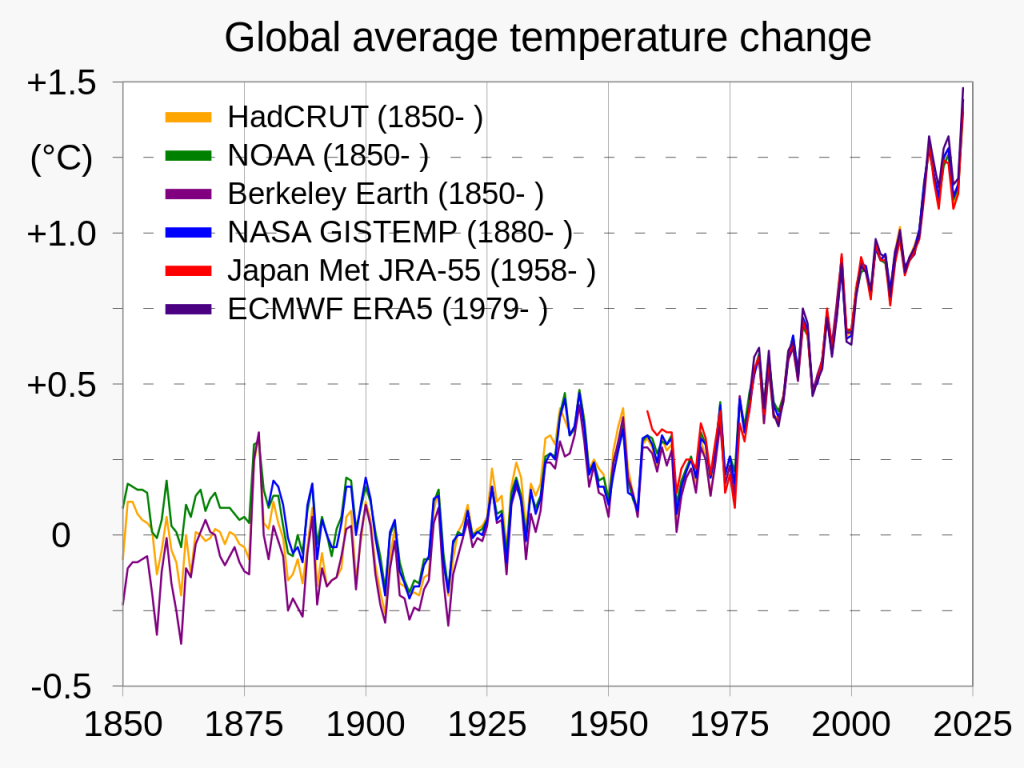
As global temperatures continue to rise, scientists are considering the potential impacts on various species, including crocodiles. One intriguing speculation is that the crocodiles in Florida will start to devolve to their prehistoric sizes due to the effects of climate change. This idea is based on historical evidence and the biology of these fascinating reptiles.
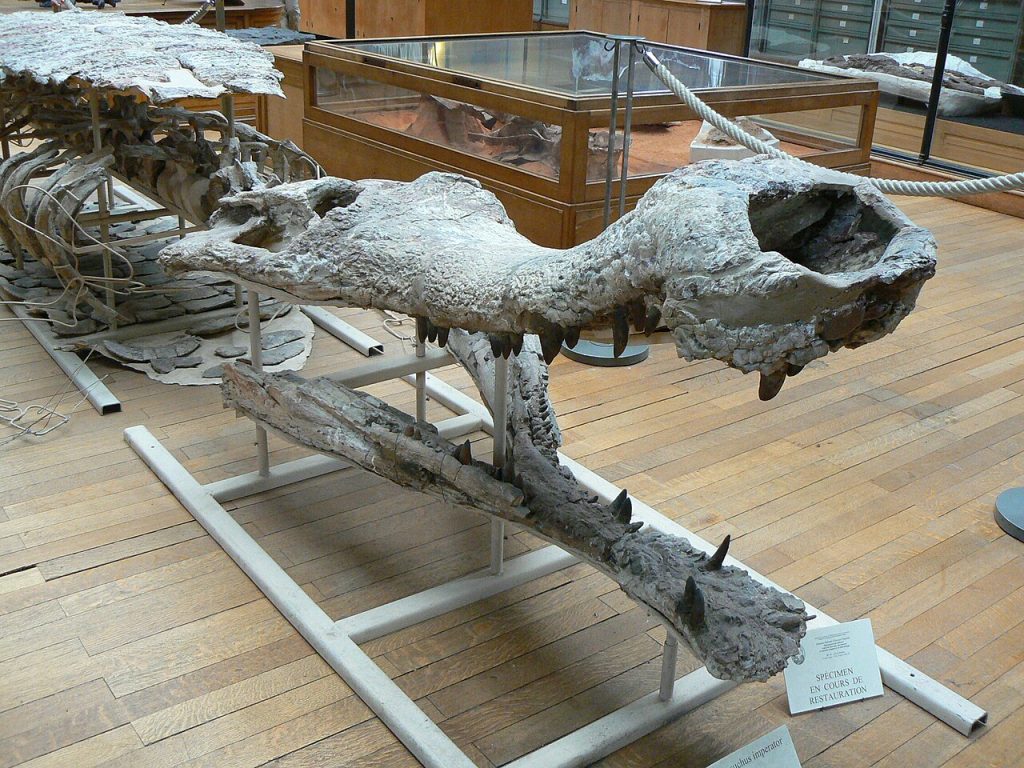
Around 112 million years ago, during the mid-Cretaceous period, an enormous crocodile known as Sarcosuchus imperator, or “SuperCroc,” lived. This prehistoric giant could grow up to 40 feet long, about the size of a modern school bus. The mid-Cretaceous period was characterized by significantly higher global temperatures and the absence of polar ice caps, creating a warm, lush environment that supported the growth of such large reptiles.
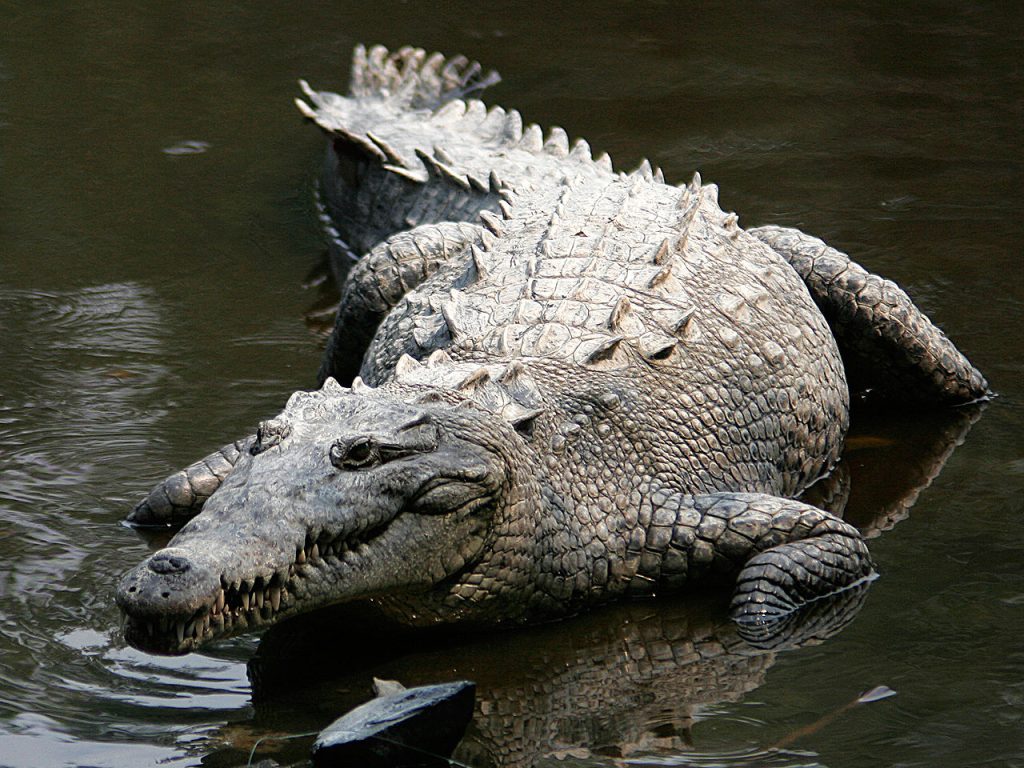
Florida is home to the American crocodile (Crocodylus acutus), which typically grows up to 13-16 feet in length. These crocodiles inhabit the coastal areas of South Florida, including the Everglades and the Florida Keys. While they are not currently as large as their prehistoric ancestors, the potential for growth exists under changing environmental conditions.
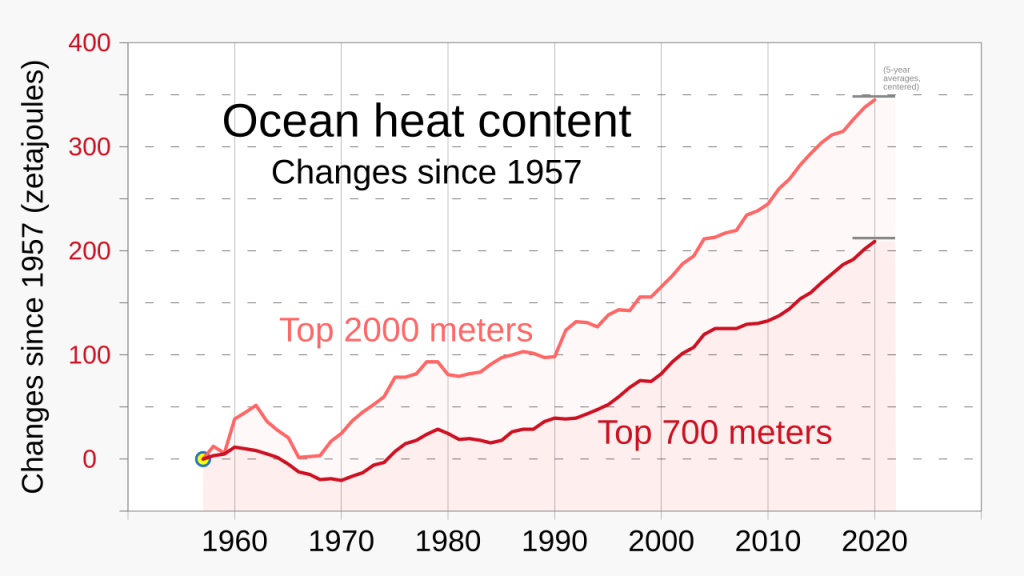
Global warming is causing rapid changes in climate and habitat conditions worldwide. As temperatures rise, several factors could contribute to the growth of crocodiles. Crocodiles are ectothermic animals, meaning their body temperature and metabolism are influenced by external temperatures. Warmer climates can lead to increased metabolic rates, potentially accelerating growth.
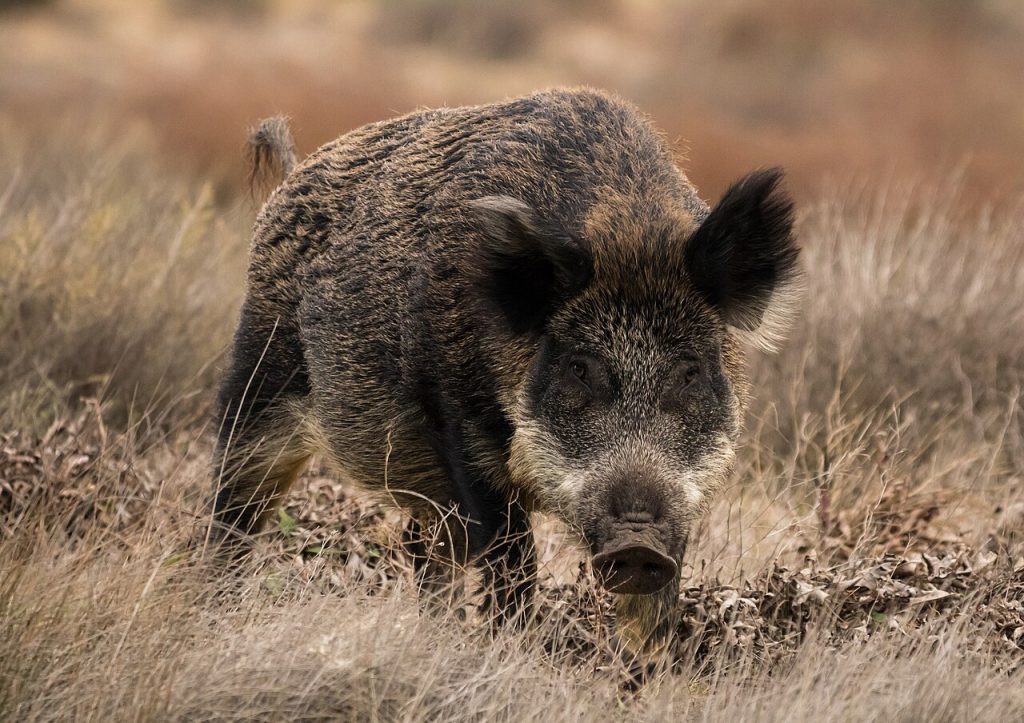
Climate change could alter ecosystems and food availability. An increase in prey populations could provide crocodiles with more resources, supporting larger body sizes. Wild boars, which have a significant population in Florida estimated to be over 500,000, could serve as an abundant food source. The introduction of wild boars to Florida dates back to the 1500s when Spanish explorers brought them as a source of food. Over time, their numbers have grown exponentially, leading to their widespread presence across the state.
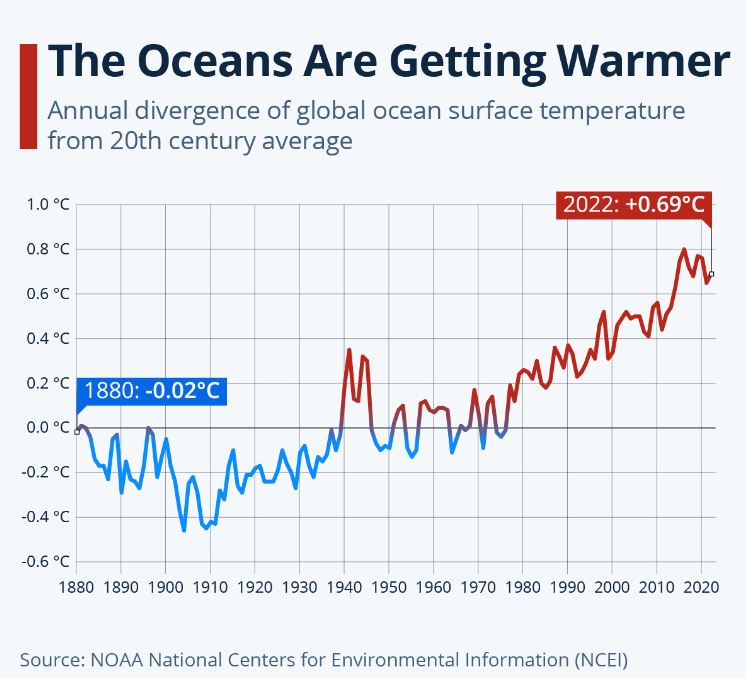
Rising sea levels and changes in freshwater availability could create new habitats favorable for crocodiles, further supporting their growth. The idea of school bus-sized crocodiles in Florida may seem far-fetched, but the historical precedent of Sarcosuchus suggests it is not entirely impossible. If global warming continues to alter habitats and ecosystems, it could create conditions that favor the growth of larger crocodiles. However, it is essential to consider that such changes would occur over a long period and would depend on various environmental and ecological factors.
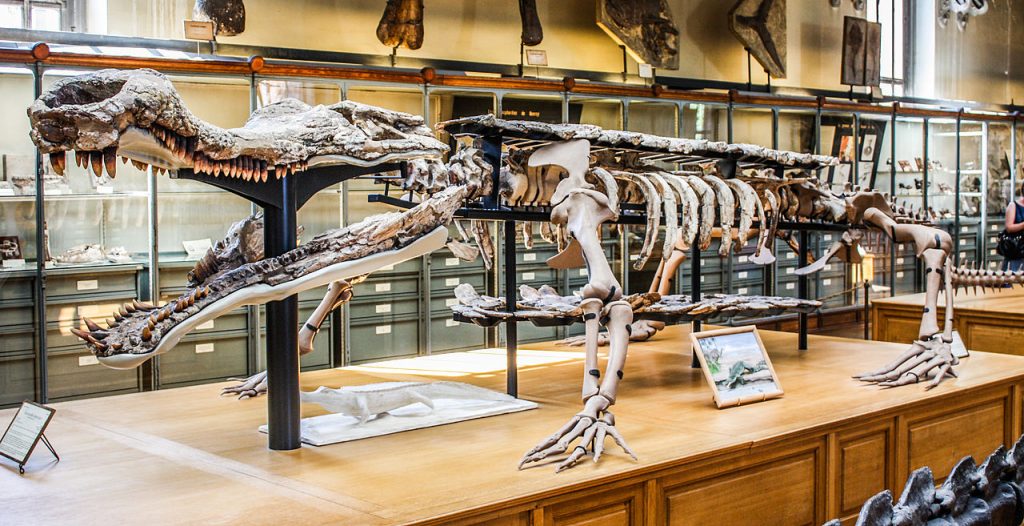
The notion that Florida’s crocodiles could potentially reach the size of their ancestors due to global warming is an intriguing speculation grounded in historical evidence. As the planet warms and ecosystems evolve, continued research and observation will be crucial in understanding the full impact of climate change on these remarkable creatures.
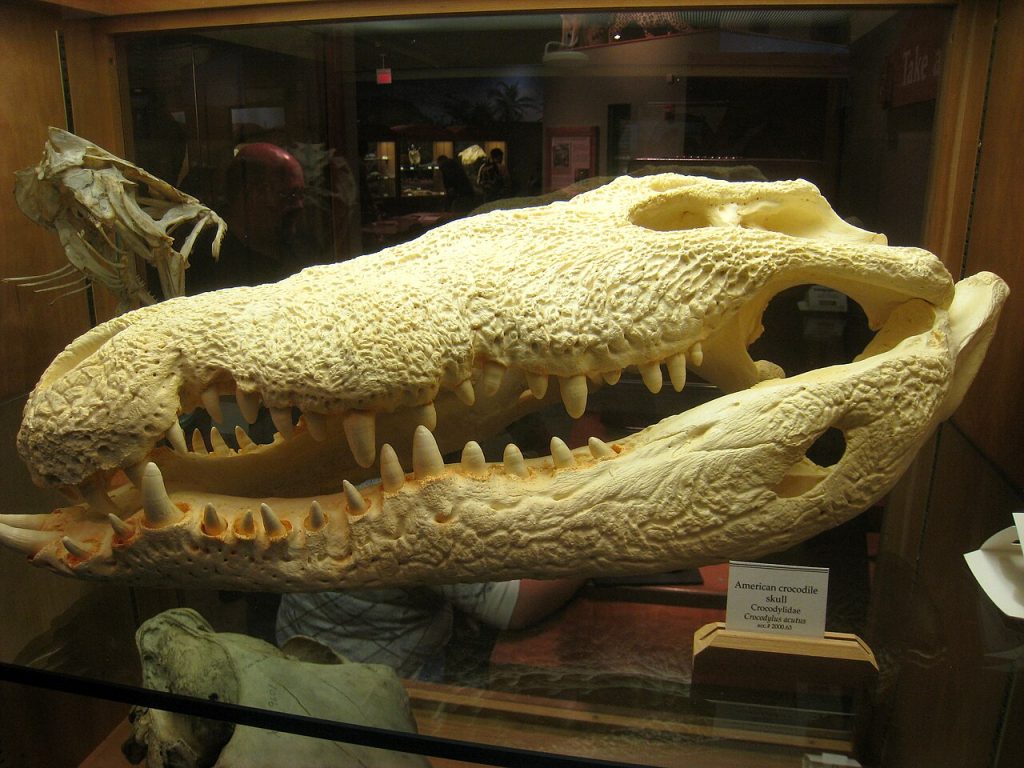
The return of giants like Sarcosuchus remains uncertain, but the possibility highlights the complex and far-reaching effects of global warming on our natural world. The transformation of habitats and the availability of resources are key components in the potential growth of crocodiles. Wild boars, as an invasive and abundant species in Florida, could play a significant role in this dynamic by providing a steady food source for the growing crocodile population.
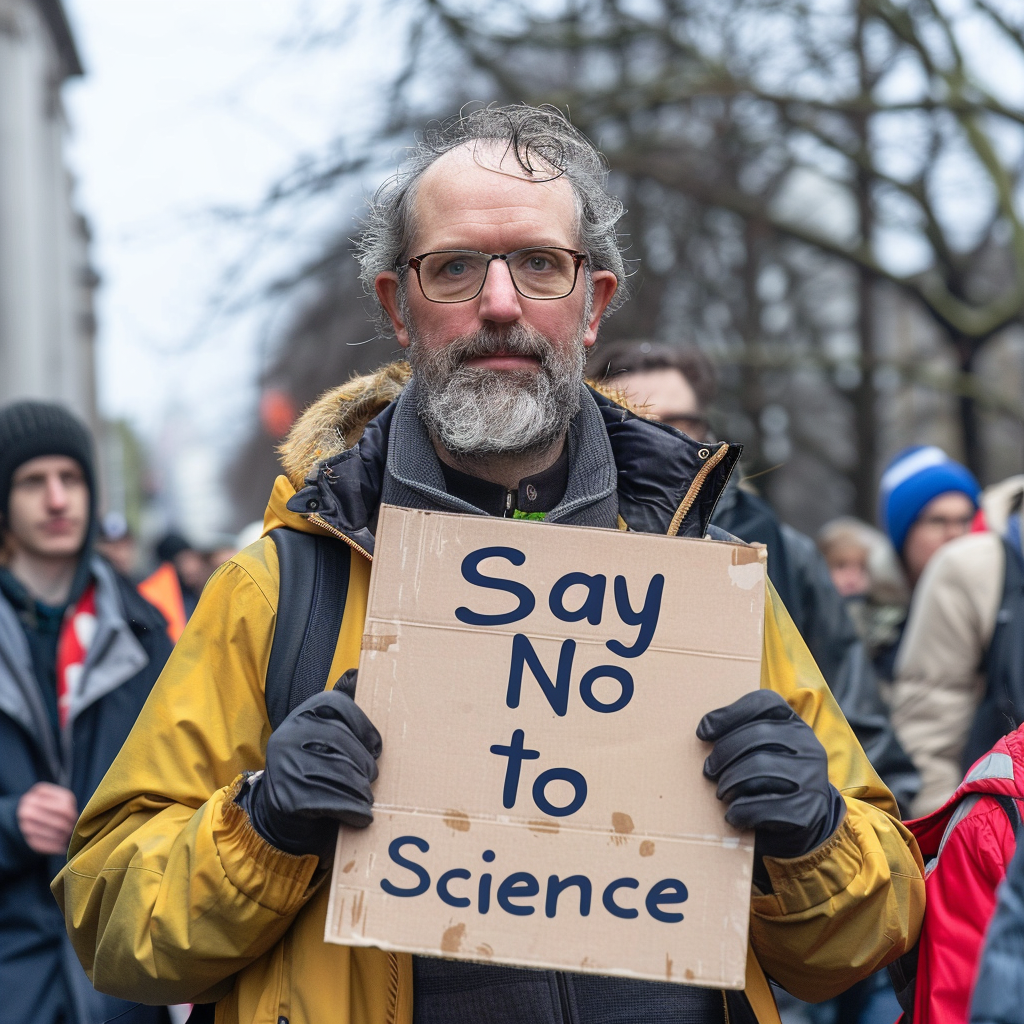
The potential for very large sized crocodiles in Florida underscores the importance of monitoring and addressing the effects of climate change. As scientists continue to study these patterns, the future of Florida’s crocodiles and many other species will become clearer, providing insight into how our actions today can shape the natural world of tomorrow. Ignoring the issue and merely censoring words will not affect what happens next.

